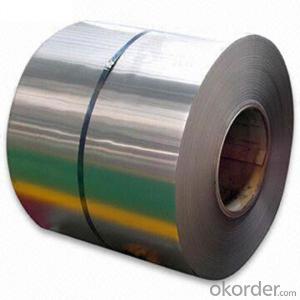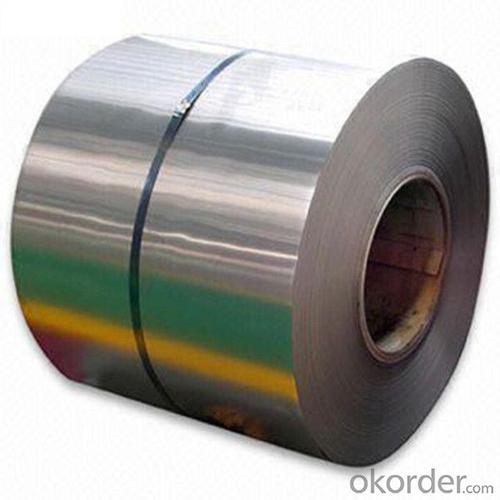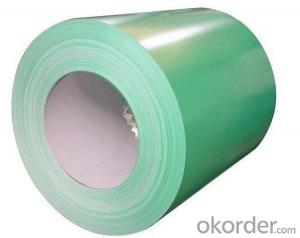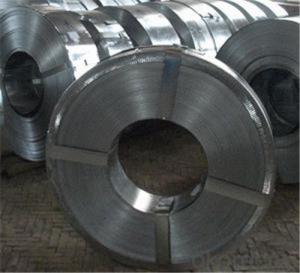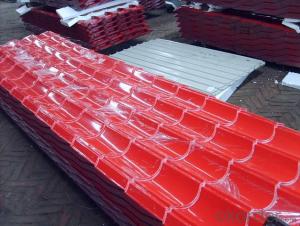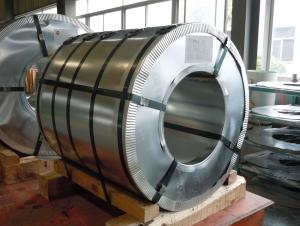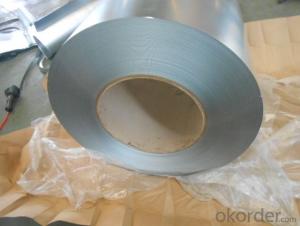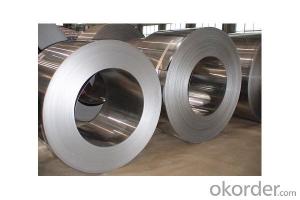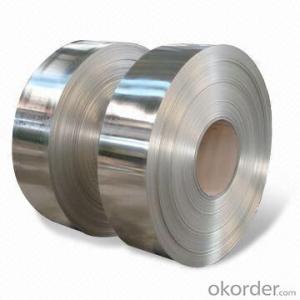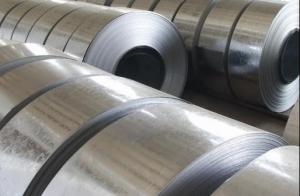Hot Dip Galvanizing Steel Coils with GB3091-84 and BA139 Standards
- Loading Port:
- Tianjin
- Payment Terms:
- TT OR LC
- Min Order Qty:
- 10 m.t.
- Supply Capability:
- 10000000 m.t./month
OKorder Service Pledge
OKorder Financial Service
You Might Also Like
1.Description of Hot Dip Galvanizing Steel Coils:
Hot galvanizing (also called hot dip galvanizing) is a kind of effective metallic anti-corrosion mode and mainly applied to metallic structure facilities in various industries. A steel piece subjected to rust removal is dipped into melted zinc at the temperature of nearly 500℃, and a zinc layer is coated on the surface of the steel structure piece, so that the aim of resisting corrosion is achieved. The flow of the hot galvanizing: acid cleaning of finished products—water washing—adding of auxiliary plating solution—drying—rack plating—cooling—medicinal chemistry—cleaning—grinding—finishing of hot galvanizing. The hot dip galvanizing process is developed from old hot plating methods, and it has a history of over 140 years since its application to the industry of France in 1836. However, the hot dip galvanizing industry has been greatly developed in recent three decades with the quick development of cold-strip steel.
2.Main features of Hot Dip Galvanizing Steel Coils:
With excellent cold-rolling steel strips as a base material, it has the advantages of
.Good manufacturing performance
.High impact resistance
.Uniform plating thickness
.High adhesive force
.No peeling after forming
.High corrosion resistance
3.Hot Dip Galvanizing Steel Coils Images:
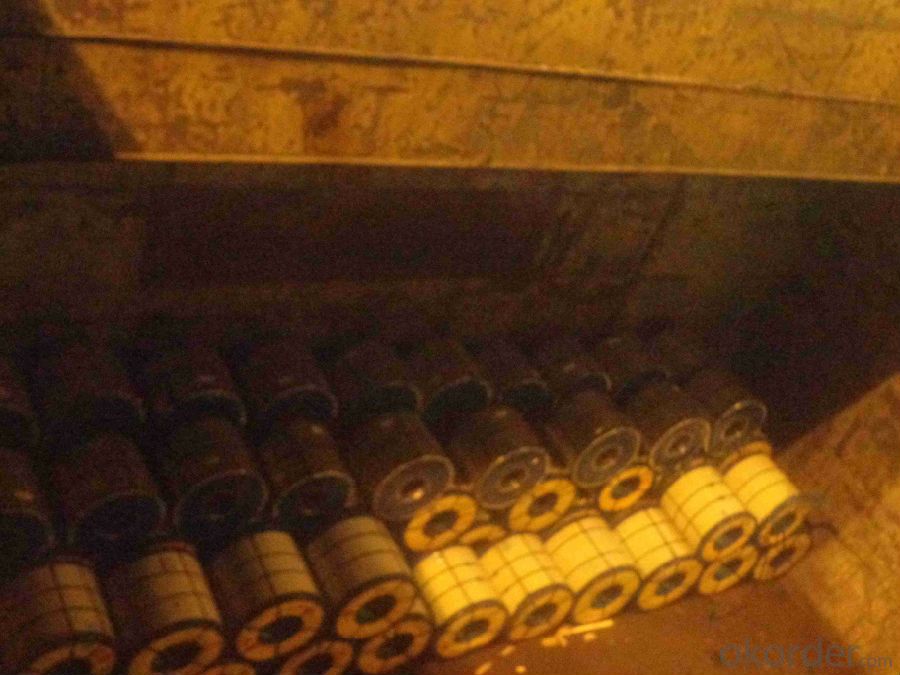
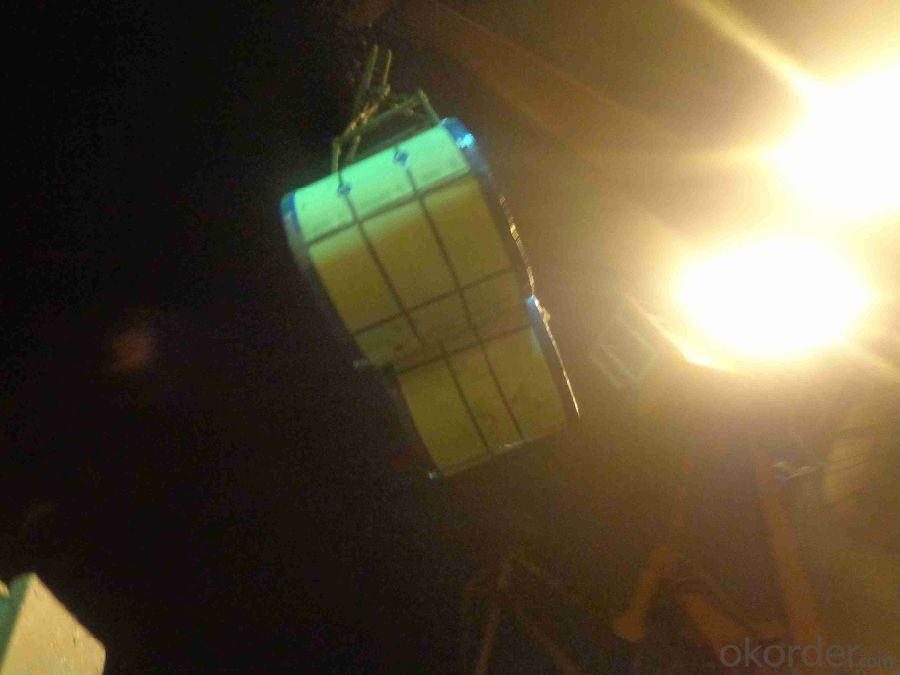
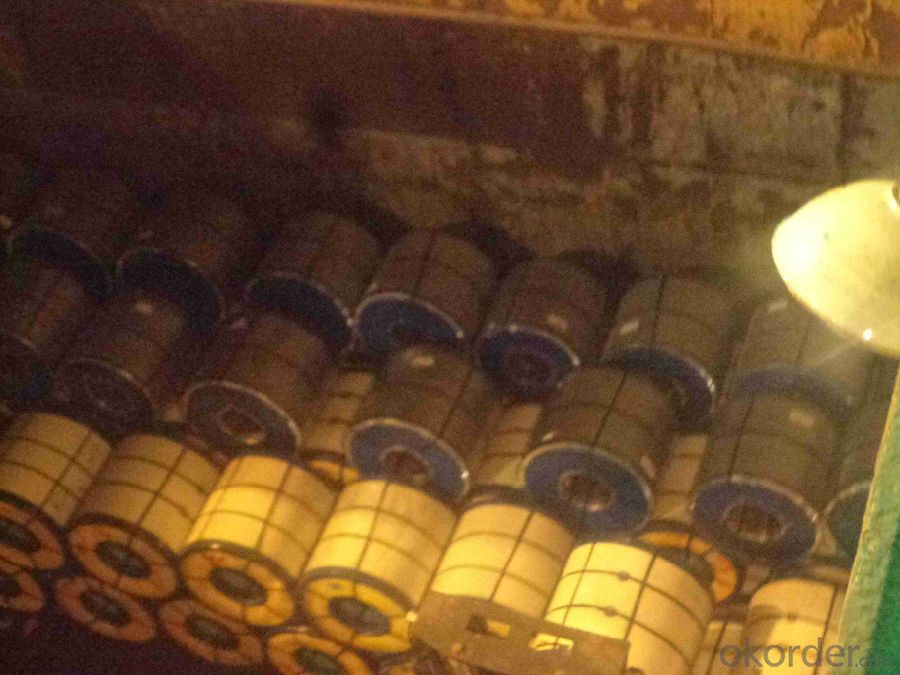
4.Hot Dip Galvanizing Steel Coils Specification:
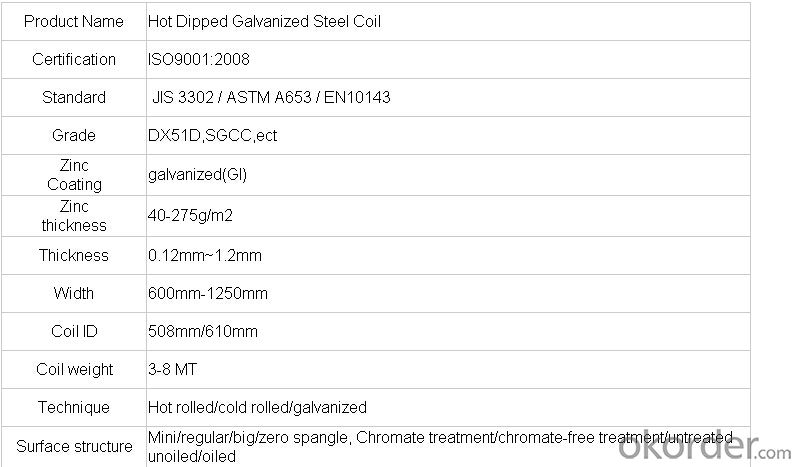
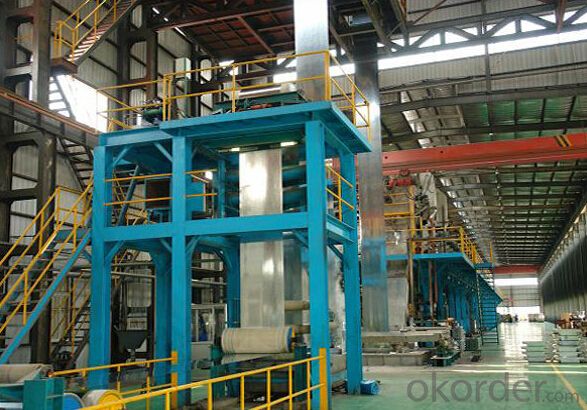
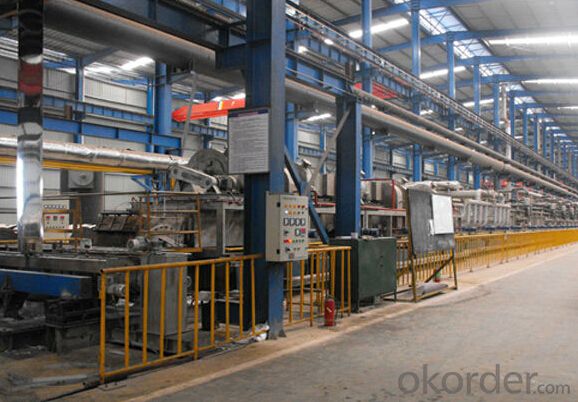
5.FAQ
We have organized several common questions for our clients,may help you sincerely:
①How about your company?
A world class manufacturer & supplier of castings forging in carbon steel and alloy steel,is one of the large-scale professional investment casting production bases in China,consisting of both casting foundry forging and machining factory. Annually more than 8000 tons Precision casting and forging parts are exported to markets in Europe,America and Japan. OEM casting and forging service available according to customer’s requirement.
②How to guarantee the quality of the products?
We have established the international advanced quality management system,every link from raw material to final product we have strict quality test;We resolutely put an end to unqualified products flowing into the market. At the same time, we will provide necessary follow-up service assurance.
③How long can we receive the product after purchase?
In the purchase of product within three working days, We will arrange the factory delivery as soon as possible. The pecific time of receiving is related to the state and position of customers.Commonly 7 to 10 working days can be served.
- Q: Hi I was thinking about buying this knife, but i wasn't sure if it was good because it's stainless steel.
- This isn't really a question for this section, but I'm still happy to help out since I'm a big cutlery nerd as well. One thing to look out for when buying a knife is a lack of specifics on what steel is being used. High Carbon Stainless Steel doesn't tell you what the steel is, just what it MIGHT be. Chances are it's something along the lines of 420HC or 440A, both of which are softer steels. They aren't the worst steels around, but they are very quick to dull. You'd be better off looking at the Balisongs of Benchmade. They'll cost more, but you'll know that you're getting something made with quality materials and that won't break on you. And if it does break for some odd reason, Benchmade's warranty and customer service are both fantastic. Although if a more questionable knife is okay with you as long as the price isn't too high, then at least 420HC and 440A aren't too brittle and will take a decent edge even though they'll dull quickly. As for whether stainless steel is good for a knife or not, that depends on the type of stainless steel and what you're going to use the knife for. Many stainless steels are more brittle than a carbon steel, so high carbon stainless steels are a bit more likely to rust but a little tougher as well. In a butterfly knife, a steel like that is a good way to go, although the steels used by Benchmade, as I mentioned, are of a much better quality.
- Q: How are steel coils used in the manufacturing of metal containers?
- Steel coils are used in the manufacturing of metal containers by being unrolled and shaped into the desired form using specialized machinery. These coils provide the necessary strength and durability to the containers, ensuring they can withstand the rigors of transportation and storage.
- Q: What are the common defects in steel coils?
- There are several common defects that can occur in steel coils during the manufacturing or handling processes. These defects can affect the quality and performance of the steel, and it is important to identify and address them to ensure the production of high-quality steel products. Some of the common defects in steel coils include: 1. Edge waves or buckles: This defect occurs when the edges of the steel coil become wavy or buckled. It can be caused by improper winding, uneven cooling, or excessive tension during the manufacturing process. Edge waves can lead to difficulties in further processing and affect the appearance of the final product. 2. Coil breaks: Coil breaks are longitudinal breaks or cracks that occur in the steel coil due to excessive strain or stress. These breaks can be caused by improper winding, uneven cooling, or excessive tension during the manufacturing process. Coil breaks can lead to product quality issues and are a major concern in the steel industry. 3. Surface defects: Surface defects in steel coils can include scratches, pits, or stains on the surface. These defects can be caused by improper handling, surface contamination, or inadequate cleaning processes. Surface defects can affect the appearance of the steel and may also lead to corrosion or other performance issues. 4. Slivers: Slivers are thin strips or flakes that can peel off from the edges of the steel coil. They can be caused by poor edge trimming, improper handling, or defects in the rolling mill. Slivers can cause difficulties in further processing and may also affect the surface quality of the final product. 5. Weld defects: In steel coils that are made by welding multiple strips together, weld defects can occur. These defects can include incomplete fusion, porosity, or cracks in the weld area. Weld defects can weaken the steel and affect its mechanical properties, making it unsuitable for certain applications. 6. Shape defects: Shape defects in steel coils can include camber, coil set, or crossbow. These defects can be caused by uneven cooling, improper winding, or tension variations during the manufacturing process. Shape defects can make it difficult to process the steel and may lead to dimensional inaccuracies in the final product. It is essential for manufacturers and users of steel coils to be aware of these common defects and take appropriate measures to prevent or mitigate them. Quality control measures, proper handling procedures, and regular inspections can help in identifying and addressing these defects to ensure the production and use of high-quality steel products.
- Q: When steel is cast, does it become weaker/more brittle or anything of this nature? what are the side effects of steel casting on the steel itself?How can you correct these?
- Cast steel uses specific alloys of steel designed to improve the casting process. It has a specific strength and toughness range based on the alloying ingredients. It physical properties are a bit different from rolled steel. The primary problems with casting steel are porosity and voids or spaces where the mold is not completely filled with molten steel. These do not effect the basic strength of the steel but they can degrade the ability of the casting to function as designed.
- Q: Can steel coils be coated with color-changing materials?
- Yes, steel coils can be coated with color-changing materials.
- Q: I am reading the book The Cure For All Advanced Cancers by Hulda Regehr Clark.She writes for example: cancer can be caused by exposure to heavy metals, like nickel and chromium from stainless steel cookware. Stainless steel cookware releases chromium and nickel, two of the most carcinogenic metals.Are there any studies done measuring how much nickel and cadmium can be released from the regular use of stainless steel cookware?Is this a commonly accepted opinion that use of stainless steel cookware is dangerous?If not stainless steel, what kind of cookware to use? I heard that non-stick cookware also releases some harmful chemicals.
- No, the studies done and published in JAMA showed that the over cooking of the food MAY lead to higher incidents of SOME cancers but the cookware did not contribute. Humans do well filtering heavy metals which is why spring water tastes so good to us. This author is wrong if not she'd win a Nobel prize for finding a simple way to prevent cancer.
- Q: What other metal is used to make rings? My girlfriend is allergic to stainless steel, but she wears a silver/grayish color ring, but I'm not sure what metal it is. Any ideas? Thanks!
- In addition to silver, white gold, and titanium, it could be an alloy-a mix of a bunch of different metals. If she's allergic to stainless steel, though, she's probably allergic to nickel as well, which is often in metal alloys. Pewter is another silver-color metal that is sometimes used in rings. A pretty expensive silver-colored metal is platinum, but unless your girlfriend is rich or you gave it to her it's pretty unlikely she has a platinum ring. Your best bet would be to ask her if she knows what it's made of.
- Q: What are the different types of steel coil storage containers?
- There are several types of steel coil storage containers, including coil racks, coil cradles, coil saddles, and coil cars.
- Q: How do steel coils contribute to energy efficiency in buildings?
- Steel coils contribute to energy efficiency in buildings in several ways. Firstly, steel coils are used in the construction of insulated panels and roofs, which provide effective thermal insulation. This insulation helps to reduce heat transfer, keeping the interior of the building cool in hot weather and warm in cold weather. Additionally, steel coils are often used in the manufacturing of energy-efficient windows and doors. These windows and doors are designed to minimize heat loss or gain, thereby reducing the need for heating or cooling systems and saving energy. Furthermore, steel coils are also utilized in the production of energy-efficient appliances, such as refrigerators and air conditioners, which consume less electricity while providing the same level of performance. Overall, the use of steel coils in building construction and appliances contributes to improved energy efficiency, reducing energy consumption and promoting sustainability.
- Q: How are steel coils used in the production of consumer goods?
- Steel coils are used in the production of consumer goods as raw materials for various manufacturing processes. They are often shaped, cut, or formed into different components and parts that go into products such as appliances, automobiles, furniture, and construction materials. Steel coils provide strength, durability, and versatility, making them essential in creating high-quality consumer goods.
Send your message to us
Hot Dip Galvanizing Steel Coils with GB3091-84 and BA139 Standards
- Loading Port:
- Tianjin
- Payment Terms:
- TT OR LC
- Min Order Qty:
- 10 m.t.
- Supply Capability:
- 10000000 m.t./month
OKorder Service Pledge
OKorder Financial Service
Similar products
Hot products
Hot Searches
Related keywords
